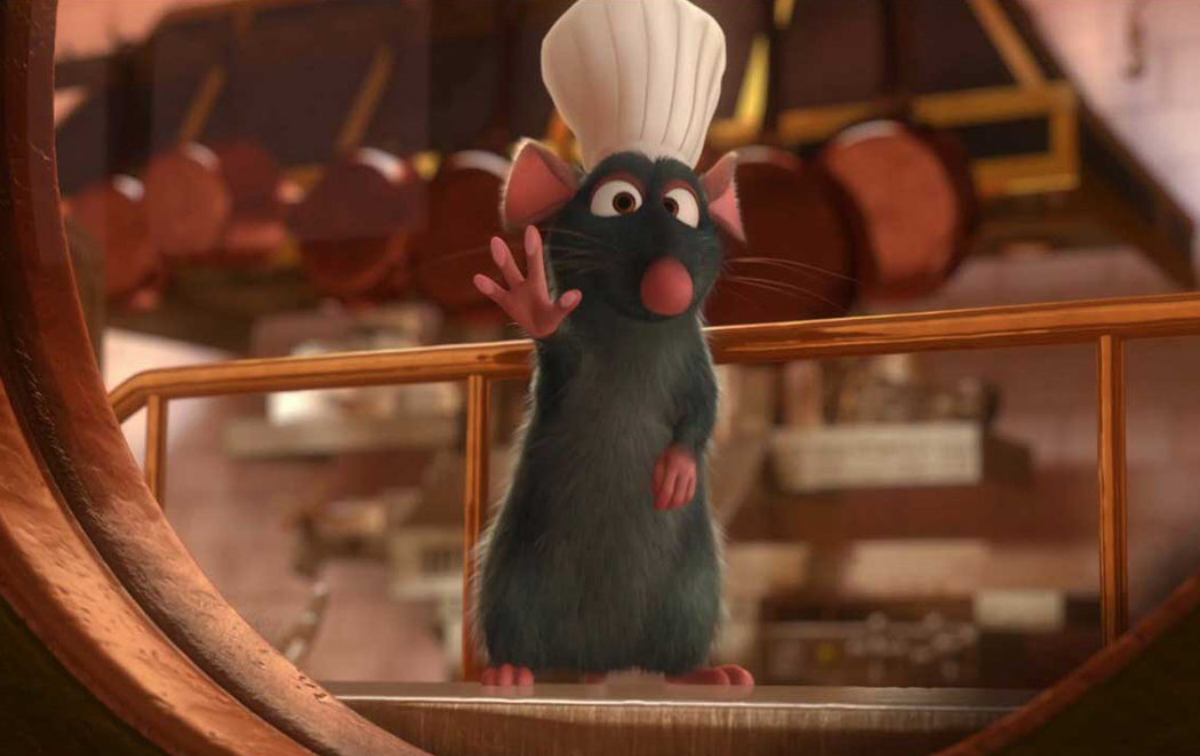
Discover the powerful role of “clip art= doctor” in healthcare communication. Learn how this visual tool enhances patient education, supports multilingual communication, and improves health literacy in this comprehensive guide.
Introduction
In today’s digitally driven world, visual elements have become crucial in every field, including healthcare. Clip art, often underestimated, serves as a powerful tool in simplifying complex medical concepts and making information more accessible to patients and healthcare professionals alike. This blog post delves deep into the significance of “clip art= doctor” in healthcare, exploring its role in enhancing communication, educating patients, and supporting healthcare initiatives. By understanding the value of clip art, particularly in a medical context, we can better appreciate its contribution to improving health literacy and patient outcomes.
The Evolution of Clip Art in Healthcare
Over the years, clip art has evolved from simple, rudimentary images to sophisticated, detailed illustrations that effectively convey complex medical concepts. In the past, clip art was often criticized for its lack of realism and depth, but with advancements in design technology, today’s clip art offers a level of detail and accuracy that makes it an invaluable resource in the healthcare industry. “clip art= doctor” is a prime example of how clip art has been refined to meet the needs of modern healthcare communication. These images are not just decorative; they are educational tools that help bridge the gap between healthcare providers and patients, making complex medical information more digestible and less intimidating.
The Role of “clip art= doctor” in Patient Education
Patient education is a critical component of healthcare, and visual aids like “clip art= doctor” play a vital role in this process. Visuals help patients better understand their medical conditions, treatment options, and the importance of adhering to prescribed therapies. By incorporating clip art into educational materials, healthcare providers can create more engaging and effective resources that cater to diverse learning styles. Whether used in brochures, websites, or presentations, “clip art= doctor” can simplify complex information, making it more accessible to patients who may struggle with medical jargon or have limited health literacy.

Enhancing Healthcare Marketing with “clip art= doctor”
In the competitive world of healthcare, effective marketing is essential for reaching and engaging patients. “clip art= doctor” is a versatile tool that can enhance marketing materials by adding a visual element that resonates with audiences. Whether used in online ads, social media posts, or printed flyers, clip art helps to convey messages quickly and clearly, making it easier for patients to connect with healthcare providers. Moreover, clip art can be customized to reflect the unique branding of a healthcare practice, ensuring that marketing materials are not only informative but also visually cohesive.
The Impact of “clip art= doctor” on Health Literacy
Health literacy is a significant issue, with many patients struggling to understand medical information. “clip art= doctor” can help address this challenge by providing visual representations of medical concepts that are easier to understand than text alone. Visual aids can demystify complex procedures, explain symptoms, and outline treatment plans in a way that is both engaging and educational. By improving health literacy, healthcare providers can empower patients to make informed decisions about their health, leading to better outcomes and greater satisfaction with care.
The Use of “clip art= doctor” in Telemedicine
As telemedicine becomes increasingly popular, the need for clear and effective communication between healthcare providers and patients has never been greater. “clip art= doctor” can play a crucial role in telemedicine by providing visual aids that help bridge the gap between virtual consultations and in-person visits. These images can be used to illustrate medical conditions, demonstrate how to use medical devices, or explain treatment plans during virtual appointments. By incorporating clip art into telemedicine platforms, healthcare providers can enhance the patient experience and ensure that important information is communicated effectively, even from a distance.
How “clip art= doctor” Supports Multilingual Healthcare Communication
In a multicultural society, healthcare providers often encounter patients who speak different languages. “clip art= doctor” can serve as a universal language, helping to overcome language barriers and ensure that all patients receive the care they need. Visual aids can be particularly helpful in explaining medical procedures, medications, and post-treatment care instructions to patients who may not be fluent in the language of their healthcare provider. By using clip art in patient communications, healthcare providers can enhance understanding, reduce the risk of miscommunication, and provide more inclusive care.
The Future of “clip art= doctor” in Healthcare Technology
As technology continues to advance, the role of “clip art= doctor” in healthcare is likely to grow. Innovations such as virtual reality (VR) and augmented reality (AR) offer exciting possibilities for integrating clip art into immersive educational experiences. Imagine a VR environment where patients can interact with 3D clip art representations of their organs or a medical procedure, gaining a deeper understanding of their health in a way that was previously unimaginable. Additionally, AI-driven customization of clip art could allow for personalized educational materials tailored to each patient’s unique needs and health conditions.

The Challenges and Opportunities of Using “clip art= doctor”
While “clip art= doctor” offers many benefits, there are also challenges associated with its use. One of the primary challenges is ensuring that the clip art is accurate and up-to-date, reflecting the latest medical knowledge and best practices. Additionally, there is a risk of oversimplifying complex medical information, which could lead to misunderstandings or misinformation. However, these challenges also present opportunities for the continuous improvement and refinement of clip art. By collaborating with medical professionals, designers can create clip art that is both visually appealing and medically accurate, ensuring that it serves as a reliable resource in healthcare communication.
Conclusion
“clip art= doctor” is more than just a visual tool; it is a powerful resource that can enhance healthcare communication, improve patient education, and support the delivery of high-quality care. As healthcare continues to evolve, the role of clip art will undoubtedly expand, offering new ways to connect with patients and convey important information. By embracing the potential of clip art, healthcare providers can create more engaging, inclusive, and effective communications that ultimately lead to better health outcomes.
Read also: convatec from: 416400 to: 416419 – natura closed end pouch with filter





